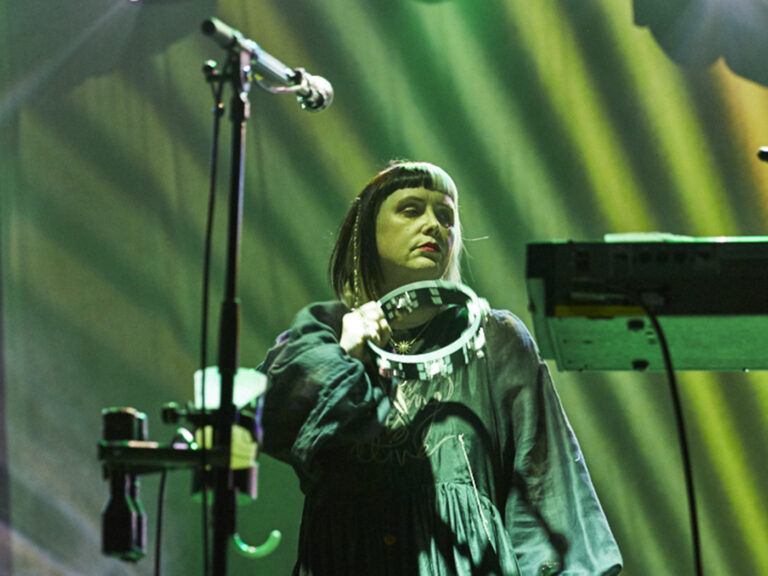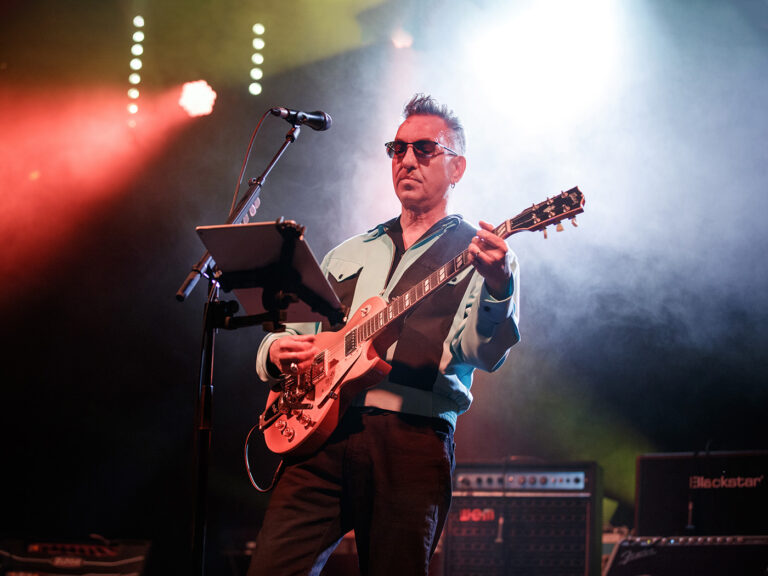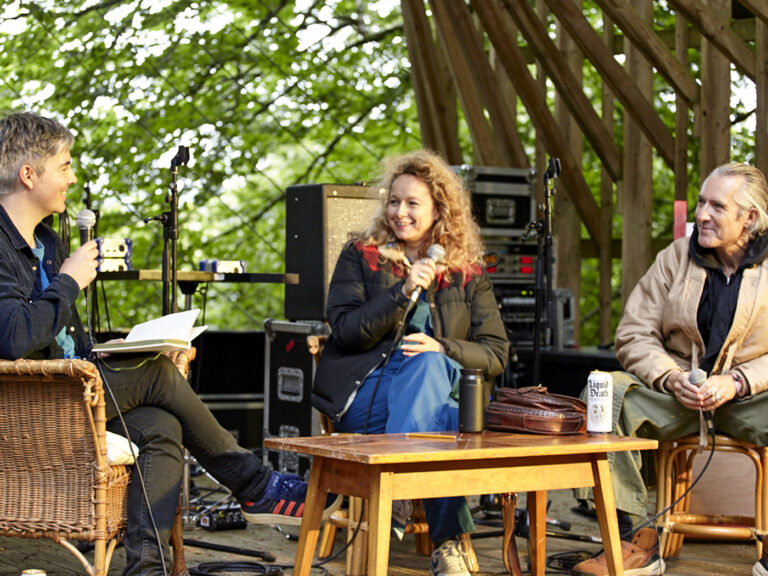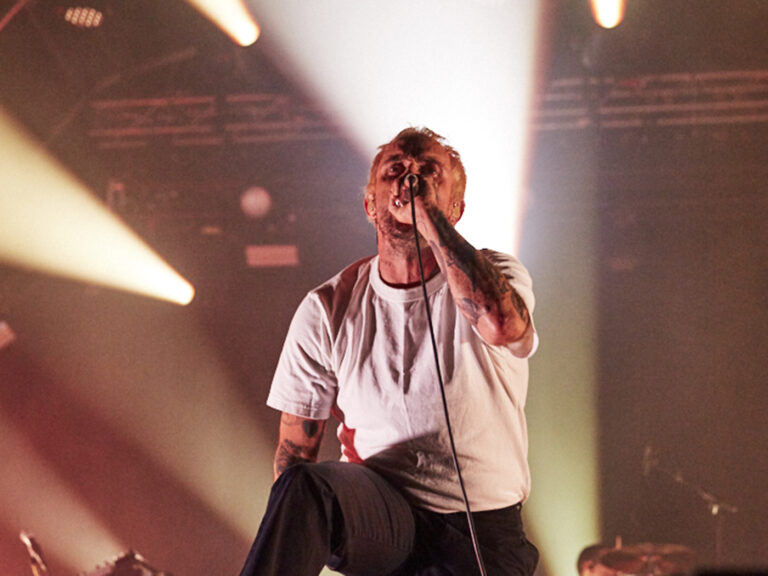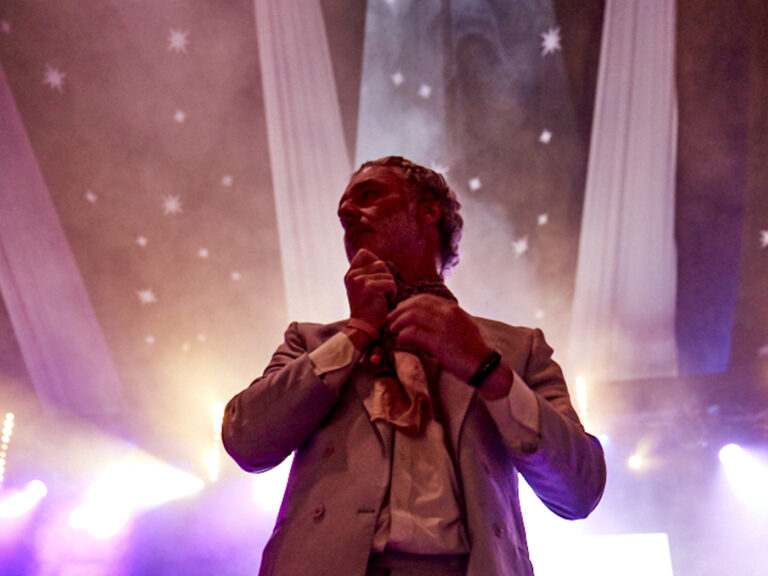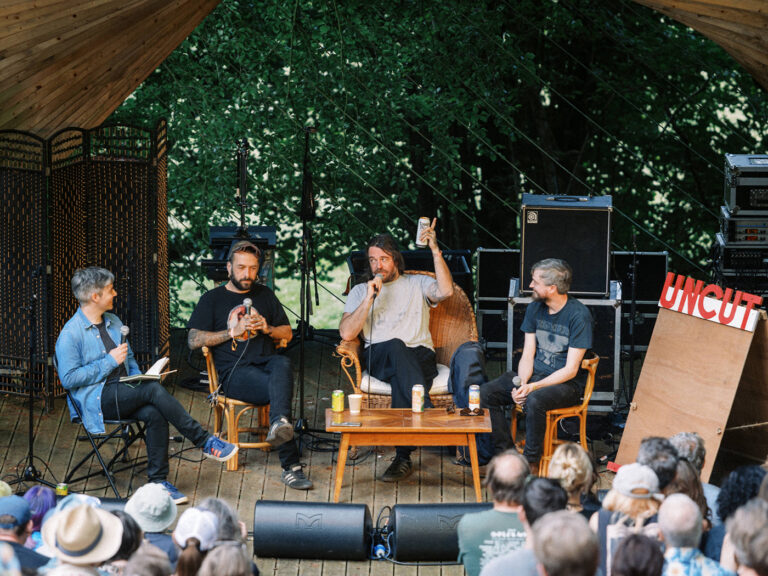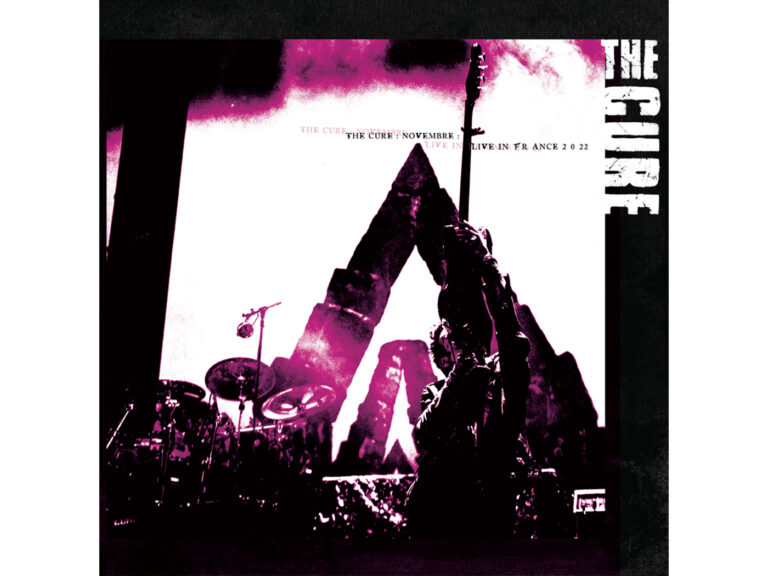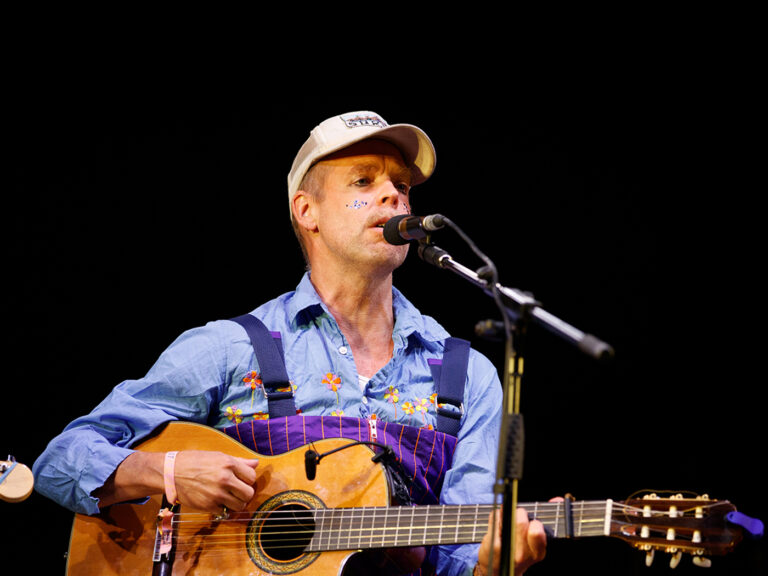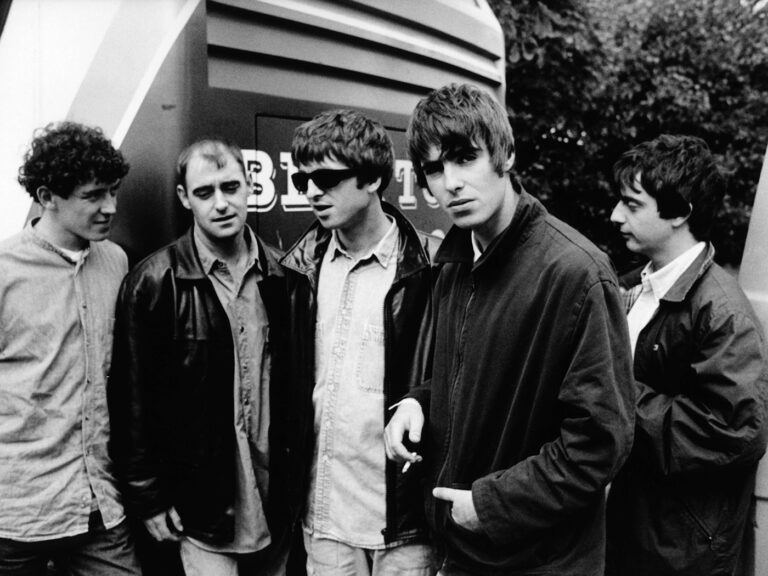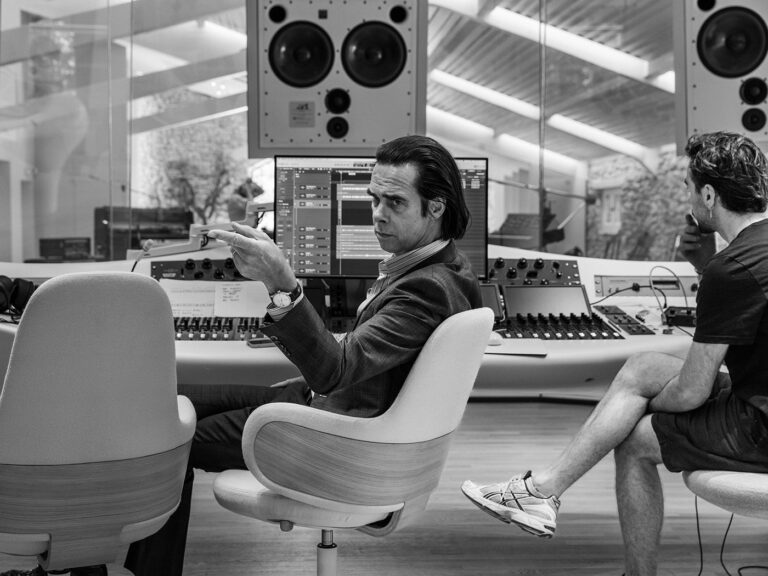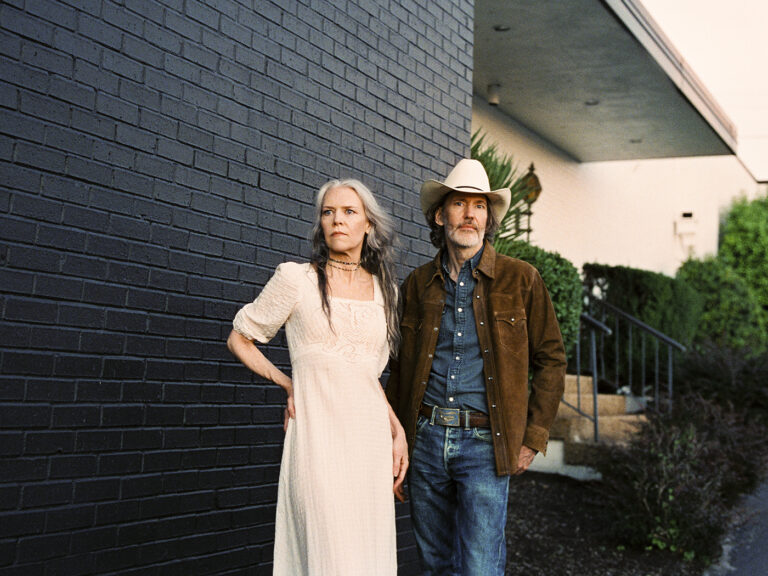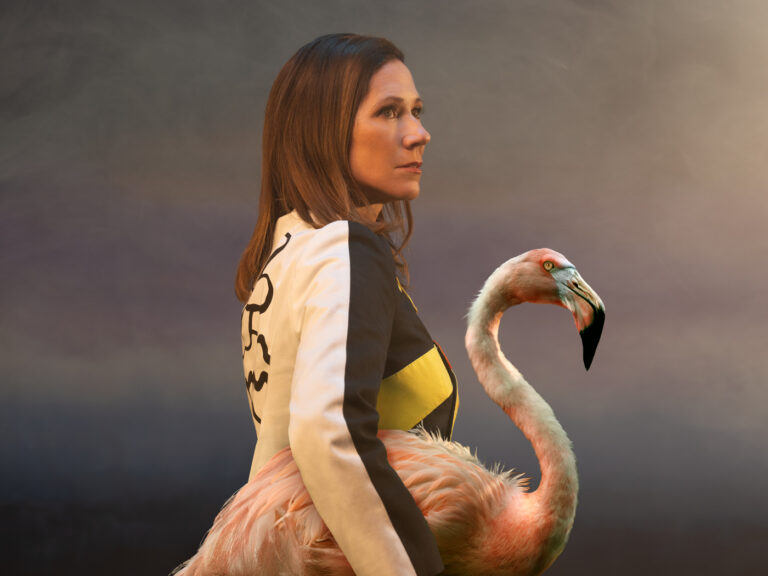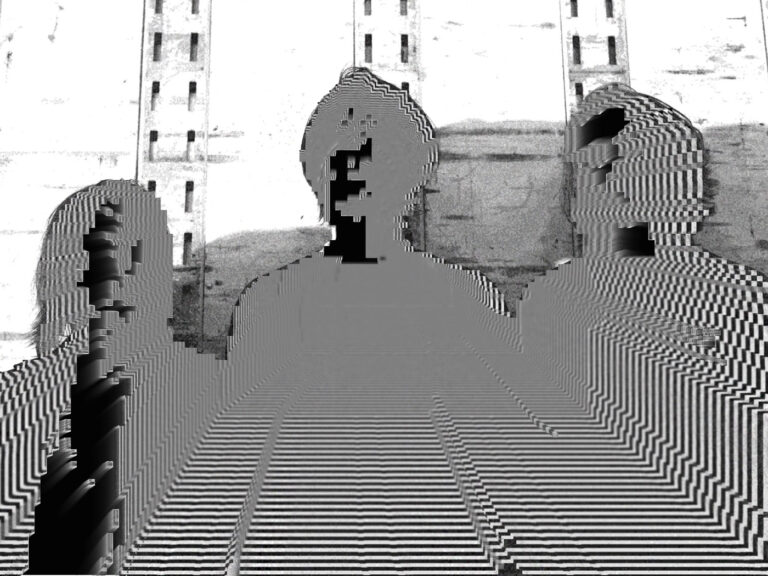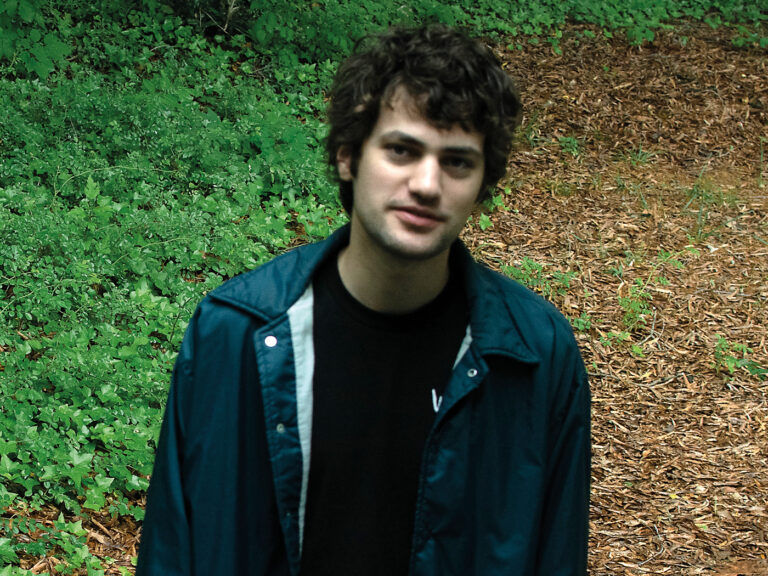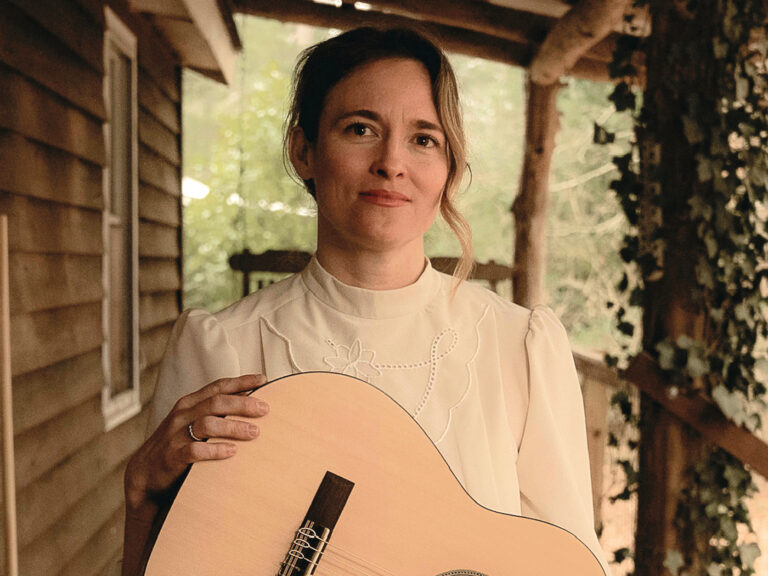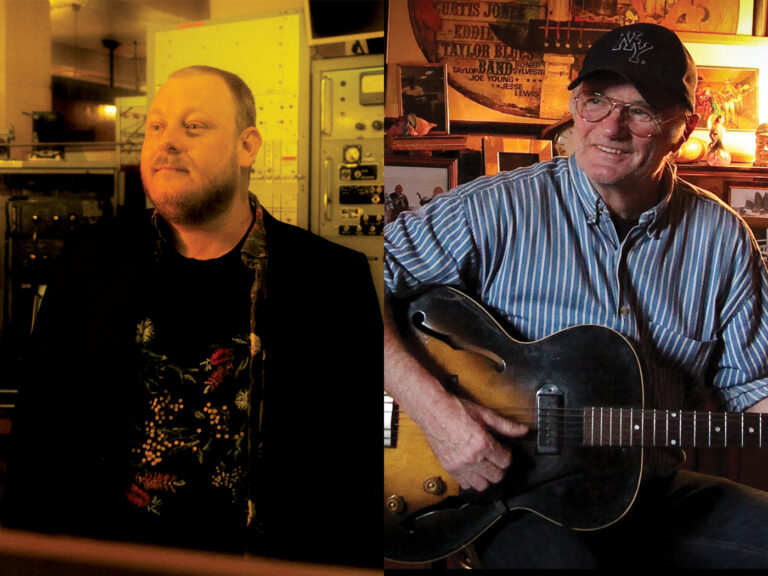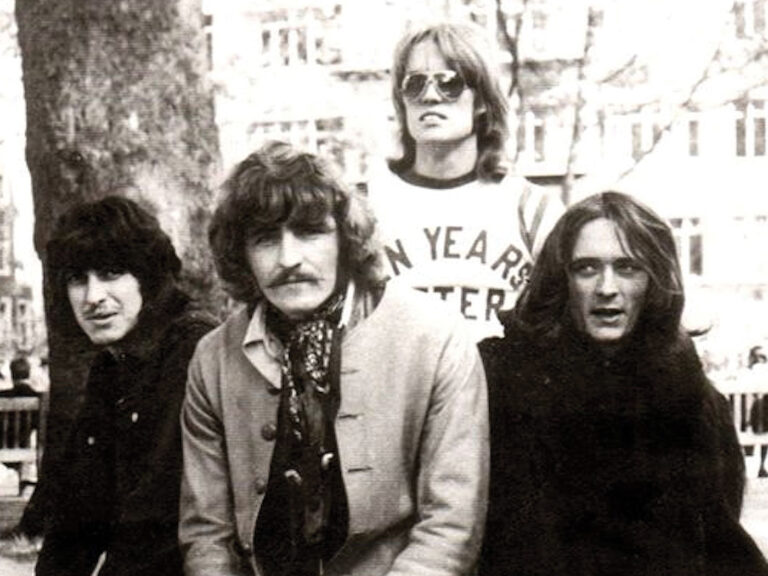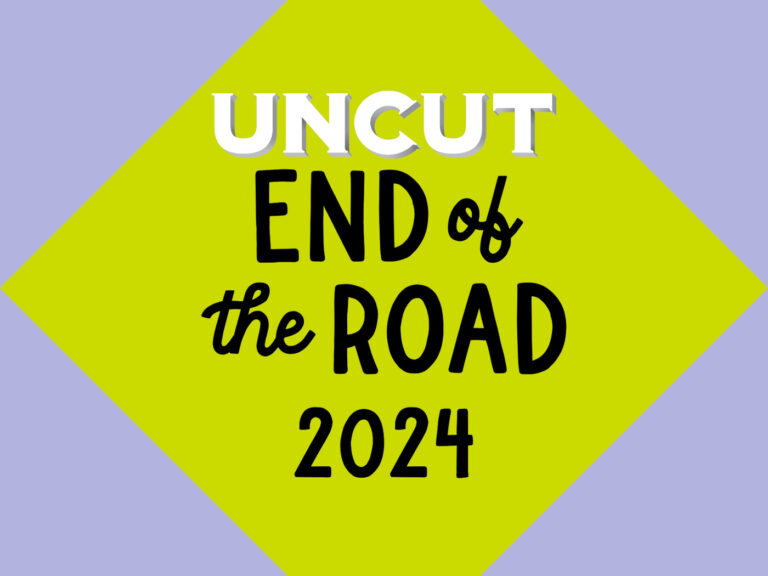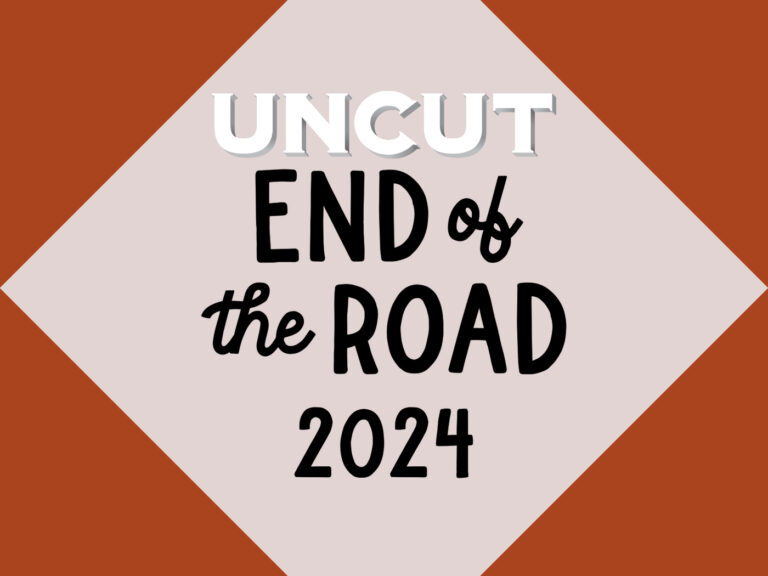For a man who deals in certainties – exaggerated realities populated by flying men and flame-haired boys; tales of death, destruction, damnation and salvation; purgatory, zombies, vampires, all manner of explosive devilry – Nick Cave can be surprisingly elastic in his understanding of his own work. Towards the end of a day of promotion for Wild God, he suggests to Uncut that the record is masculine, while its predecessor, 2019’s melancholy Ghosteen, was feminine.
JIMI HENDRIX, A BIG STAR CD, GILLIAN WELCH, FONTAINES D.C. AND MORE – ORDER YOUR COPY OF THE NEW UNCUT HERE!
The example he gives is the song “Joy”, a cinematic thing which explodes like an after-party for Ghosteen. Lyrically, it’s a blues. The first line is “I woke up this morning with the blues all around my head.” That is also the second line. But the music is not the blues. It is like the soundtrack to a ceremony, an ascension, in which Cave reports nightmarish visions interrupting his sleep, and the words tumble out, free associations with the muscle memory of religion. It’s an obsessive-compulsive thing, a somnambulist’s rant, with lines repeated for emphasis. It’s also a battle. There is cynicism everywhere, Cave suggests, angry words about “the end of love”. Yet, above the earth, there are stars. “Bright, triumphant metaphors of love,” Cave intones with just a hint of hesitancy. “Bright, triumphant metaphors of love.”
Meta-metaphorically, that’s where Wild God stands. Recorded at Brad Pitt’s space-age Miraval studio in Provence and Soundtree in East London, it resounds in Cave’s ears like a carnival of love and joy. It’s true, those bright qualities leak through to the back of the canvas. But thinking about love and joy in the context of Cave’s songwriting can be misleading, even when studying the insistent, triumphant lyrics. On paper, “Final Rescue Attempt” is a love song, employing commonplace metaphors of romantic verse. There is rain, wind, and “the great aching sea”. The closing lines echo Dolly Parton’s kiss-off to Porter Wagoner, as made eternal by Whitney Houston. “And I will always love you,” Cave instructs the choir, repeating into the fade. Of course, it sounds a good deal more tormented than that.
Why the long face? In a recent entry in his journal, The Red Hand Files, Cave suggested that the patterns of his songwriting can be split into two categories. Until 1997’s The Boatman’s Call, Cave employed characters to obscure his intentions. The Boatman’s Call was more openly autobiographical, being an unfiltered reaction to romantic disappointment. There is a further dividing line. All of Cave’s work since Skeleton Tree (2016) is haunted by and understood with reference to the tragic death of Cave’s son, Arthur. “After that,” Cave sings on “Final Rescue Attempt”, “nothing really hurt again.”
The shock remains, but it is a slight relief to observe that it has now fallen into lock-step with awe. It’s in that context that Cave’s move to lyrical directness makes sense. It takes a minimum of detective work to speculate that “Final Rescue Attempt”, with its poetic instincts bleeding into the bewildered sentiments of a Hallmark card, is an address to Cave’s wife, Susie. The language is well-worn, because the need for it is so universal. So many broken hearts. The sentiments of ordinary pop – and this does not sound like ordinary pop – are elevated to an expression of faith.
What does that sound like? Massive. And condensed. Cave credits Dave Fridmann, who mixed the record, with crushing the customary elegance of the Bad Seeds “into one surging emotional thing”. What love sounds like to Cave’s ears is gigantic and overpowering. It is love, if by love he means a Valentine’s bouquet attached to the nose of Concorde and delivered at Mach 2 with the sonic boom on backing vocals.
Reunited with his band, orchestrated and multiplied, Cave surfs a swelling tide of preposterous proportions. He is the wild god, a wearied charismatic presence, flitting between the songs. Nobody else sounds like this. The album opens with “Song Of The Lake”, with our gospel hero broken and feeling “the drag of hell”. You can, just about, find precursors, dabblers in theatrical majesty, but no exact match. It’s a multiplication game of influences. If you inhale Glen Campbell, wrestle with Alex Harvey, and walk a mile in the white Florsheim boots of Vegas Elvis, you get somewhere close to the expansive effect of Cave’s performance. It is obviously knowing. The old Cave, the character goth, was dabbling with Burt Lancaster’s corrupt preacher Elmer Gantry and Robert Mitchum’s creepy reverend in Night Of The Hunter. The wild god has a weapon his fallen self could only mock: sincerity.
Cave has inhabited this space for years. The warping of the Bad Seeds into a juggernaut is old news. But things have become more cinematic. In their film work, Cave and Warren Ellis learned to overcome whatever reticence they might have had about directing emotions. Cave talks about Wild God having “deep emotional surges”. While his interpretation of joy allows for an understanding of loss and suffering, his aim is uplift. This is soul music. (It does not sound like soul music.)
“Joy” holds the key with its ringing piano, but Wild God is that old-fashioned thing, an album, and the spirit of joy allows for a degree of leakage across the piece. The Ghosteen-adjacent “Conversion” finds Cave in the missionary position, echoing “Final Rescue Attempt”’s quest for an existence beyond pain. It has a sense of myth, dislocated synths and a ferocious devotion to beauty. You want it darker? “Long Dark Night” does what it says on the tin, being dreamy and obeisant (you could just about hear Neil Diamond trying it on). The single “Frogs” has an obscure lyric, nature observed from the inside of Kris Kristofferson’s Sunday raincoat, though Cave clarified on The Red Hand Files that it is a story of sweet domesticity made Biblical by the “Caveian” introduction of a shooter. And “Cinnamon Horses” is an incantation, a weeping song, a psychedelic ballad; choose your denomination. Whichever way you play it, the song has it all; tolling bells, gnashing, wailing, the whole damned parade.
To call this music funereal is to state the obvious. Of course it is. Every song could top a teenage mope list of final requests, all of it sounds majestic and mournful and ultimately resilient. There is a surge of resolution at the end, a shift into something gentler. First comes “O Wow O Wow (How Wonderful She Is)”, a mournful celebration of Cave’s former collaborator and girlfriend Anita Lane, who died in 2021. It’s sweet and playful, with words about rabbits and coloured crayons, and actual whistling courtesy of Carly Paradis, before the introduction of a taped phone message from Lane. “Do you remember we used to really, really have fun?” she asks, and it’s nothing except heartbreaking. The album closes with “As The Waters Cover The Sea”, an accidental Christmas song playing out as the congregation files from the church. Maybe it’s snowing outside. It’s bound to be snowing. And the choir sings, as if to a God no longer wild, “peace and good tidings He will bring/Good tidings to all things.”
What did the man say? A masculine God? Of course, of course. With all the flaws that masculinity implies. Those who are able are invited to stand. Nick Cave: he/hymn.
When you purchase through links on our site, we may earn an affiliate commission. Here’s how it works.



